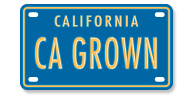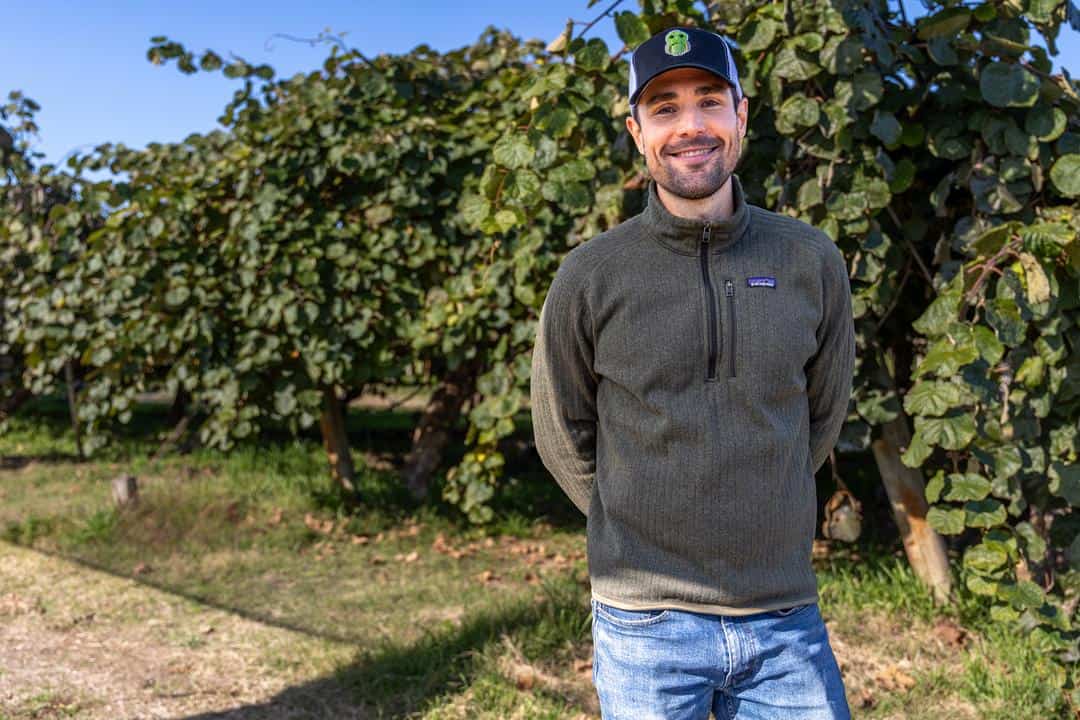Wild River Fruit: Growing Kiwi, Naturally
At Wild River Fruit, words like “sustainable” and “organic” aren’t just buzzwords; they’re a way of life.
Wild River Fruit was founded by Gordon Noland over 60 years ago in Marysville. The location – on the banks of the Yuba River, while beautiful, could definitely be considered challenging. Their Yuba River location means they are subject to the river’s ten-year flood cycle. Most farmers would have balked at the prospect and brainstormed ways to fight against the river. Gordon, on the other hand, decided to embrace it.
Farming in a floodplain
In the early days, Wild River Fruit grew clingstone peaches. As Gordon became better acquainted with the river and the land, he decided to diversify. Both Gordon and his son Mike believed that Hayward green kiwi was an ideal crop for Marysville’s climate and would perform well – even in a flood plain. This is because Kiwi are harvested from September through November, while the decennial flooding typically occurs around January – meaning the floods would pose no risks to harvest.
Gordon and Mike’s Hayward green kiwi didn’t just survive; they thrived. During each flood cycle, a new layer of nutrient-dense topsoil is deposited under the vines. This incredibly fertile soil, in combination with a robust composting and cover cropping program, results in outstanding yields. Wild River Fruit estimates their average harvest exceeds industry standards by 200%.
What other fruits does Wild River Fruit grow?
As Wild River Fruit grew, they continued to diversify. Today, while Wild River Fruit is still best known for their Hayward green kiwi, they also grow red and gold “Tropikiwi”, persimmons, mandarins, stone fruit and more.
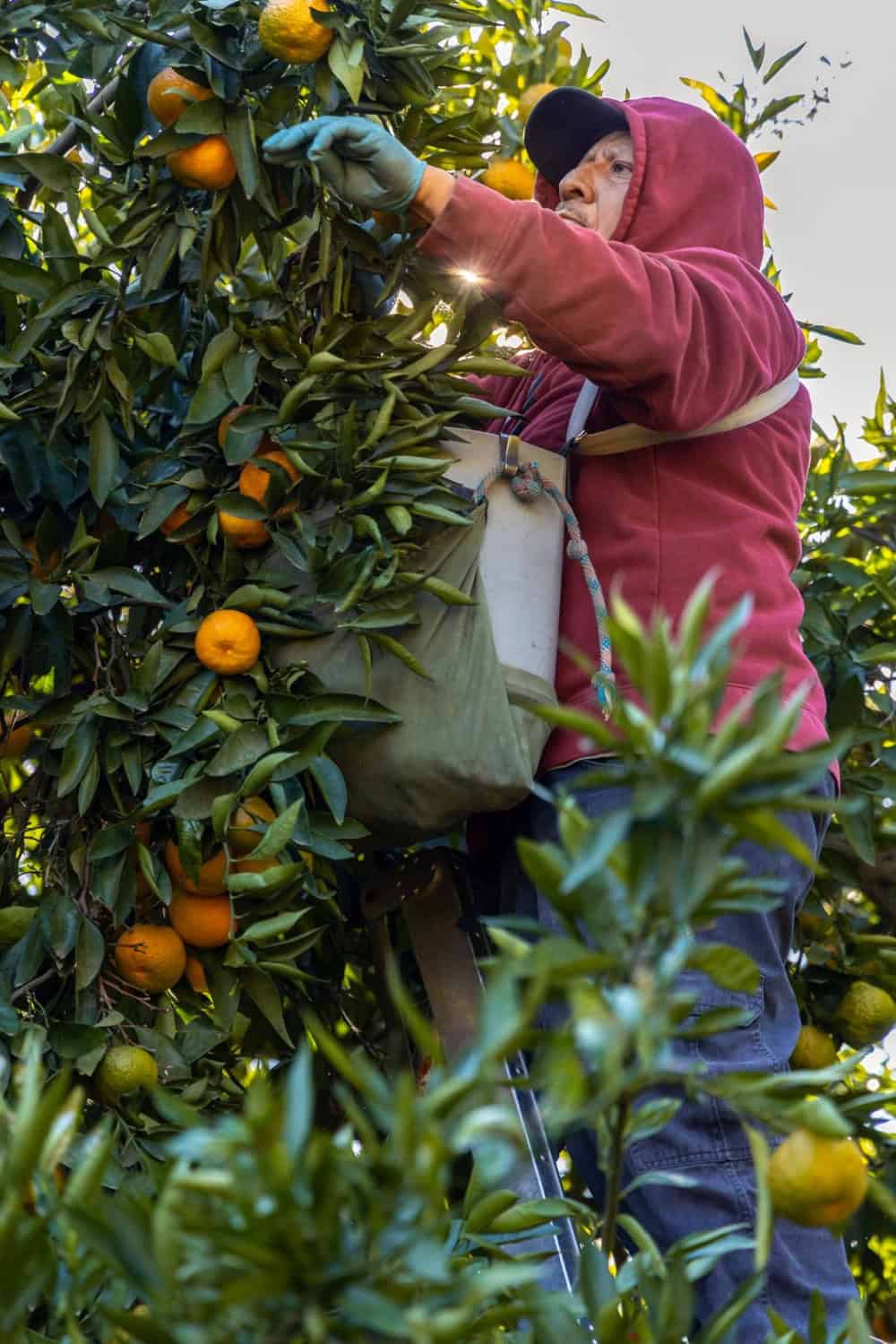
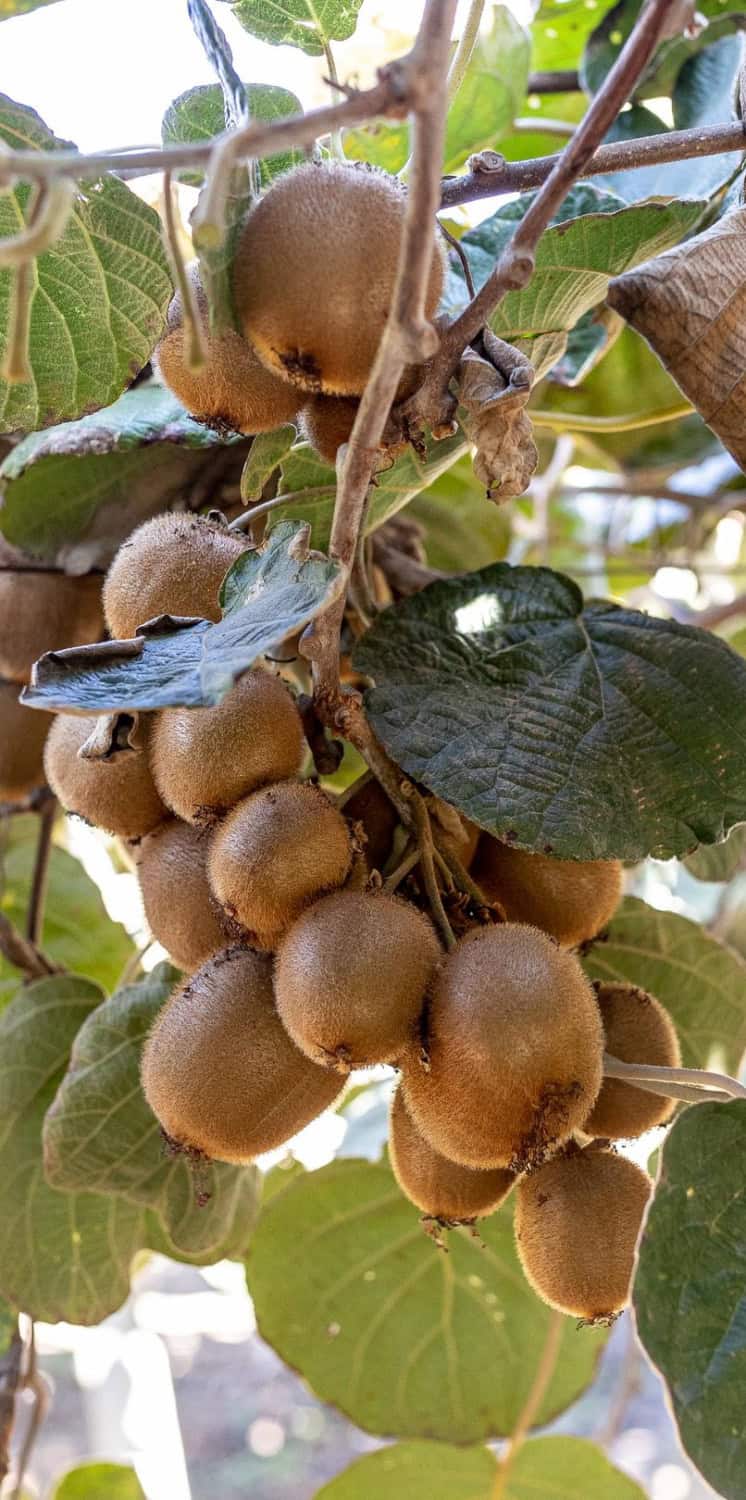
Ever heard of gold or red Kiwi?
Wild River Fruit was among the first in California to experiment with grafting chinensis kiwi fruit onto existing vines. Travis Noland, Gordon’s grandson, notes, “We found that in the dry, hot California summers, chinensis varieties tend to prefer high humidity and a little more moderate temperatures. So, we constructed elaborate shade structures, with about 30% shade factor, to create a microclimate that gold and red kiwi could thrive under.” Wild River calls these gold and red varieties “Tropikiwi”.
What do Gold and Red Tropikiwi taste like?
The chinensis red and gold kiwi are sweeter and less acidic than green kiwi. Travis elaborates, “Green kiwi offers more tropical flavor profiles reminiscent of mango and banana, while the berry red kiwi offers really distinct notes of raspberry and blackberry.”
Organic and sustainable farming: it’s the Wild River way
At Wild River Fruit, they refer to their commitment to organic and sustainable farming as “The Wild River Way”. Travis explains, “My father and grandfather were farming sustainably and organically before they realized that there was a certification. It’s aligned with our value system here at Wild River. When CCOF brought us the opportunity to become certified, we jumped at the chance. It provides unique opportunities to offer fruit that we believe is safe and as healthy as possible.”
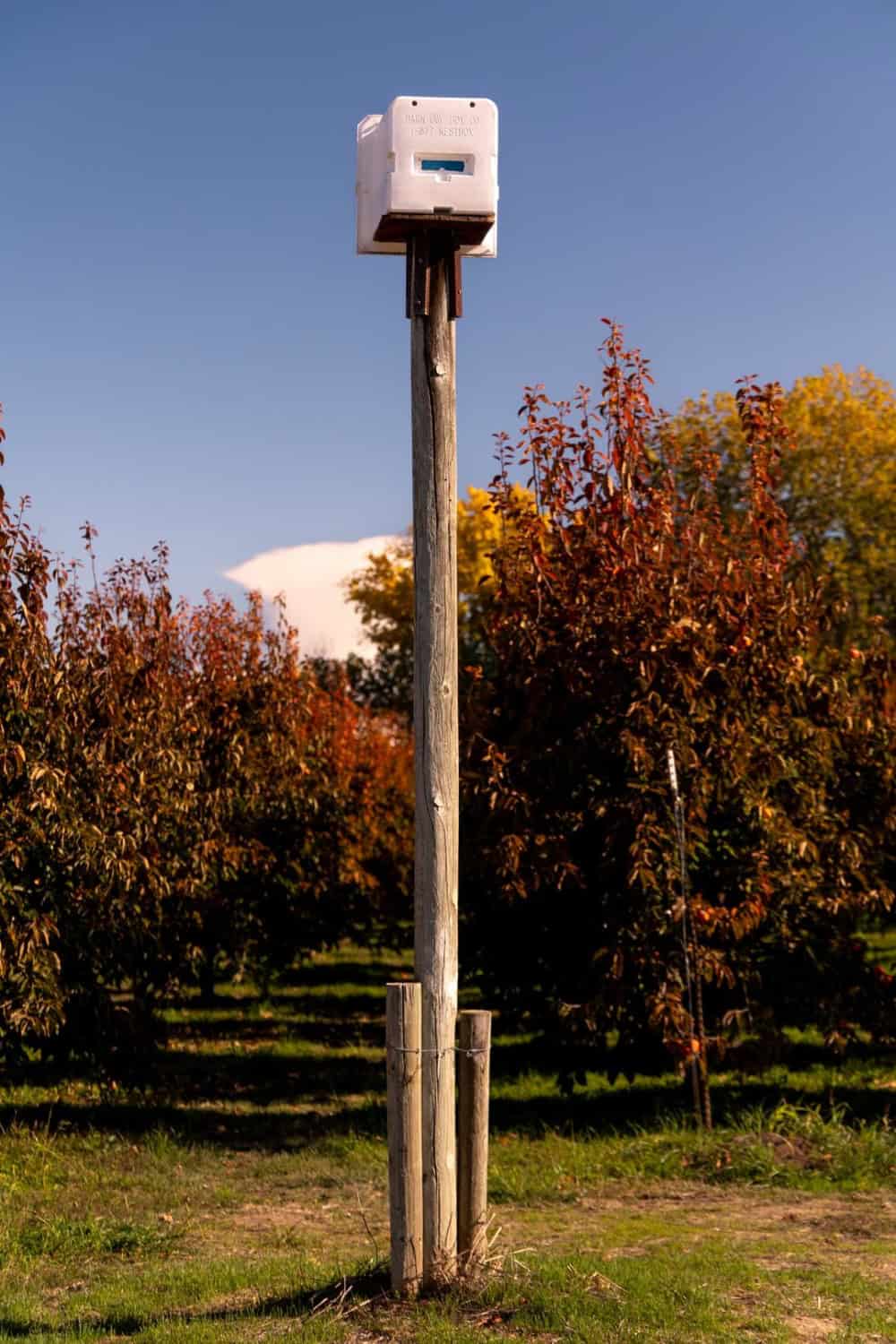
Travis continues, “It’s our mission is to farm in partnership with nature. And so, to whatever degree we’re able, we work in conjunction with our natural habitat. We construct owl boxes to house our native avian species, specifically barn owls. Barn owls, as well as hawks and other avian species really help us by addressing one of the primary threats to kiwi fruit in particular – ground squirrels and gophers. They like to nibble at the fibrous root ends of the kiwi fruit root stalks.”
Is organic farming more challenging than conventional farming?
Consumers often point out that organic produce is more expensive than conventionally grown produce. That’s because it’s more difficult – and, in turn, more expensive, to grow. Travis explains, “Farming organically can be much more challenging than farming conventionally. We don’t have the same level of chemical-based pesticides, fertilizers, or herbicides at our disposal. It’s a much more labor-intensive endeavor.” Travis laughs and adds, “You see all the weeds on the floor of the vineyard here? I’d say one of the greatest challenges is certainly, weed-eating manually.”
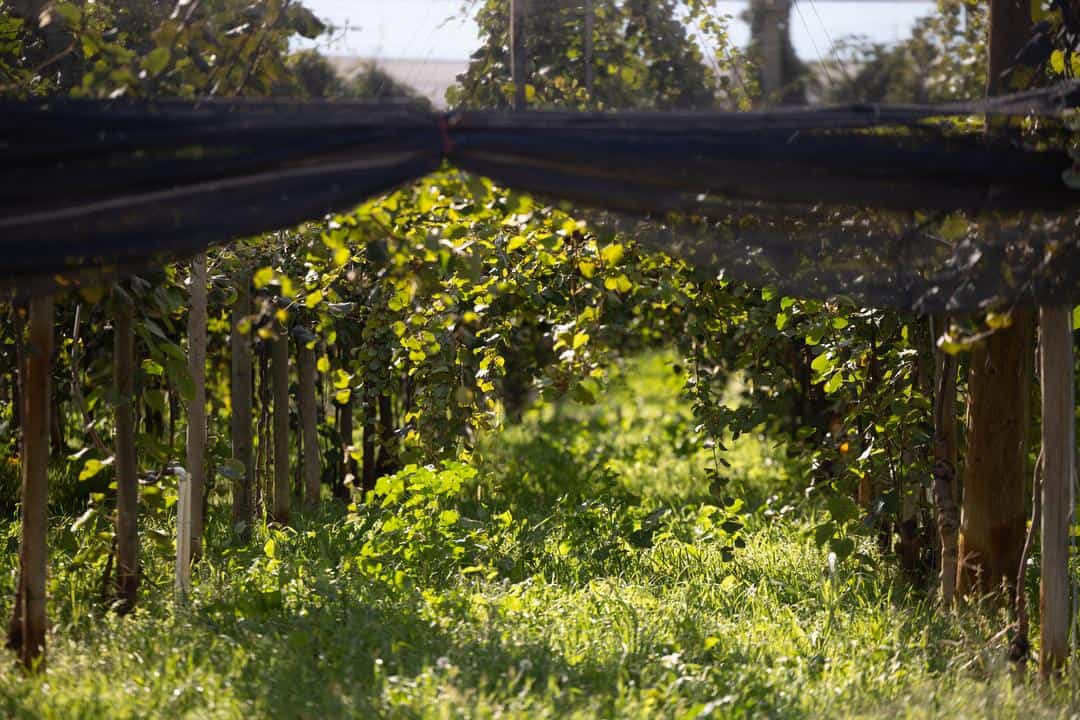
How do farm tours help support local agriculture?
Over the last 100 years, the number of people involved in agriculture has steadily declined – falling from 30% of Americans in the 1920s to just over 10% today. In order for local farms to succeed, it’s crucial for consumers to know – and care – where their food comes from and how it’s grown. Travis states, “I think it’s critical for people to understand where their food comes from. In today’s world, less of the population is employed or engaged in any form of agriculture. It’s really critical for grower packer shippers, folks in the food system like ourselves to play a role in educating and helping people understand where their food comes from.”
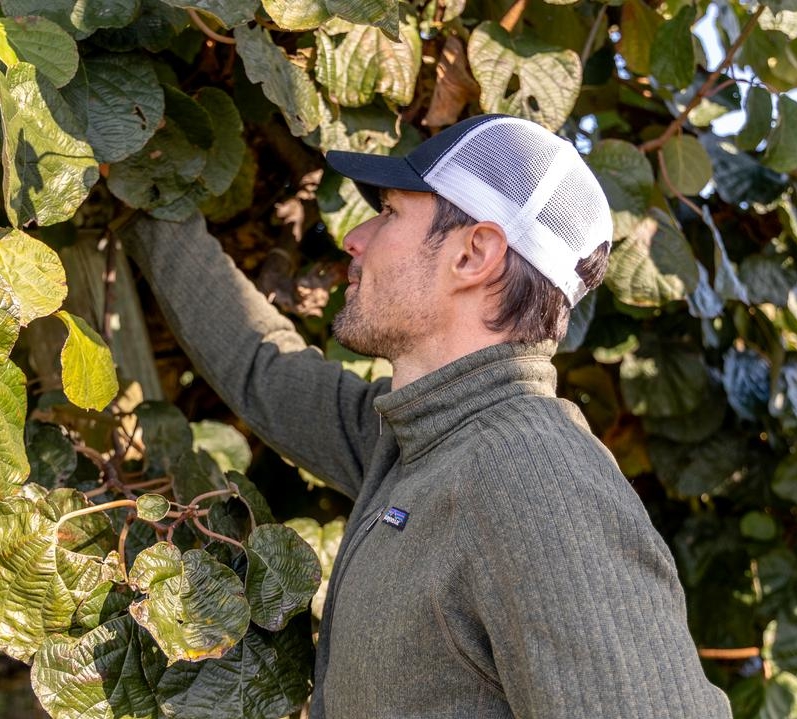
He continues, “Growing kiwi is a full-year endeavor. It’s labor-intensive throughout the season. I wish that people understood all of the blood, sweat and tears – and also the investment that goes into growing specialty fruit crops. In order for California food production to continue and to have a sustainable future, we need a society that supports and understands the costs of growing fresh produce – and the slightly elevated costs of growing organically.”
To that end, Wild River Fruit hosts tours of their farm and packing facility. Travis elaborates, “Ever since I was in kindergarten and my class took a field trip to our farm to wander under the Kiwi vineyards, we’ve really aspired to leverage our farm as a platform to educate and engage people around what it means to farm sustainably and organically – in partnership with nature. That’s really important to us. We often host tours, not only for our partners in the industry, but also for local schools, hospitals, and essentially, anyone who reaches out with interest in what we grow. We like to welcome them in.” Farm tours, like those at Wild River Fruit, can connect consumers with local farmers and help people who aren’t involved in agriculture understand why it’s important to choose CA GROWN produce.
Why is it important to support local farmers?
As a farmer, Travis is passionate about the importance of supporting local farmers. After all, his livelihood depends on it. However, he argues that buying locally grown foods has a much greater impact on the community as a whole. Travis states, “There are so many reasons for people to seek out locally grown food. Supporting local family farms helps the food system thrive – it builds community. It really helps build local economies by keeping farmers employed and thriving. A strong food system creates less dependency on external sources, specifically imported food.”
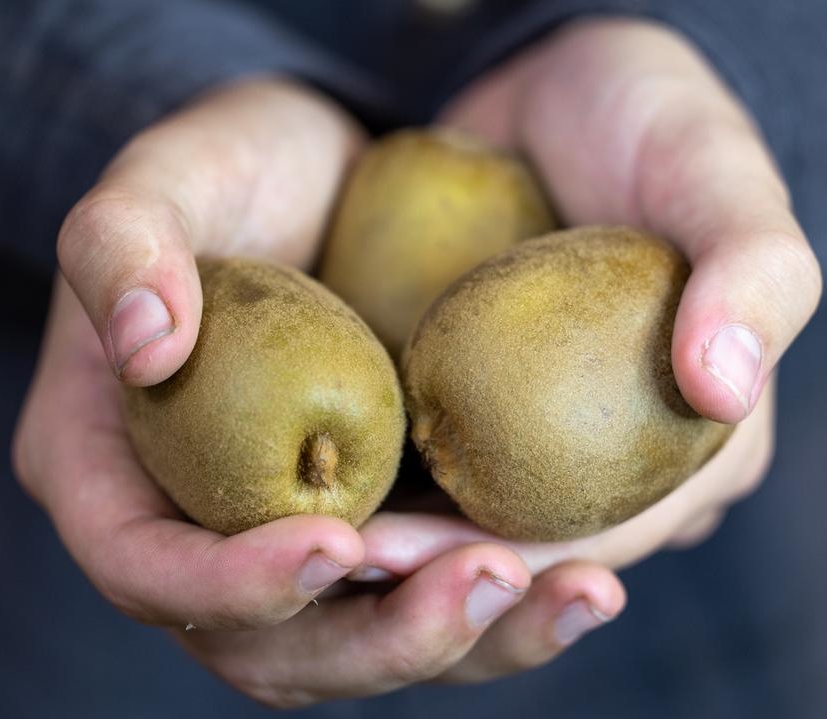
Taste the Wild River Difference
Wild River Fruit is available at select retailers, including Whole Foods, Walmart, Raley’s and Nugget Markets. For a complete list of current retailers, check the Wild River Fruit website.
If you’re interested in learning more about Wild River Fruit or scheduling a group tour, send a message using the Contact Us page of their website.
Visit the Yuba-Sutter Region!
Travis encourages everyone to visit the Yuba-Sutter region! It’s 45 minutes north of Sacramento and situated along the 99, making it an easy detour for folks headed to destinations farther north. Travis adds, “Our farm is just on the outskirts of Marysville, which at one time was known as the New York of the Pacific. Legend has it, Marysville was also the capital of California at one point! So, it’s an interesting downtown to visit. We also have the Sutter Buttes not too far away. The Buttes have a very rich history. The Nisenan referred to the Buttes as “estom yanim”, the place where the spirits journeyed on their way to the afterlife. The Buttes offer really fun and beautiful trails for hiking. The Yuba River offers great stretches of white water for rafting, kayaking or fishing.”
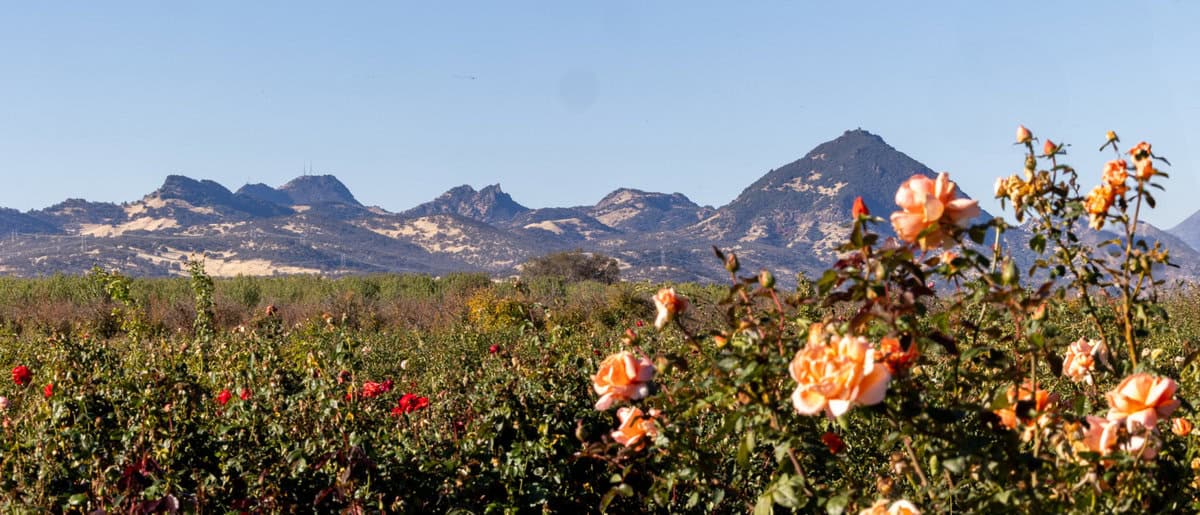
Check out a few of our favorite destinations in the Yuba-Sutter region and surrounding counties
Heading north of Sacramento? Here are a few of our favorite destinations in the Yuba-Sutter region and surrounding counties. Looking for even more inspo? Check out our Ultimate Agritourism Guide to Butte County and Beyond.
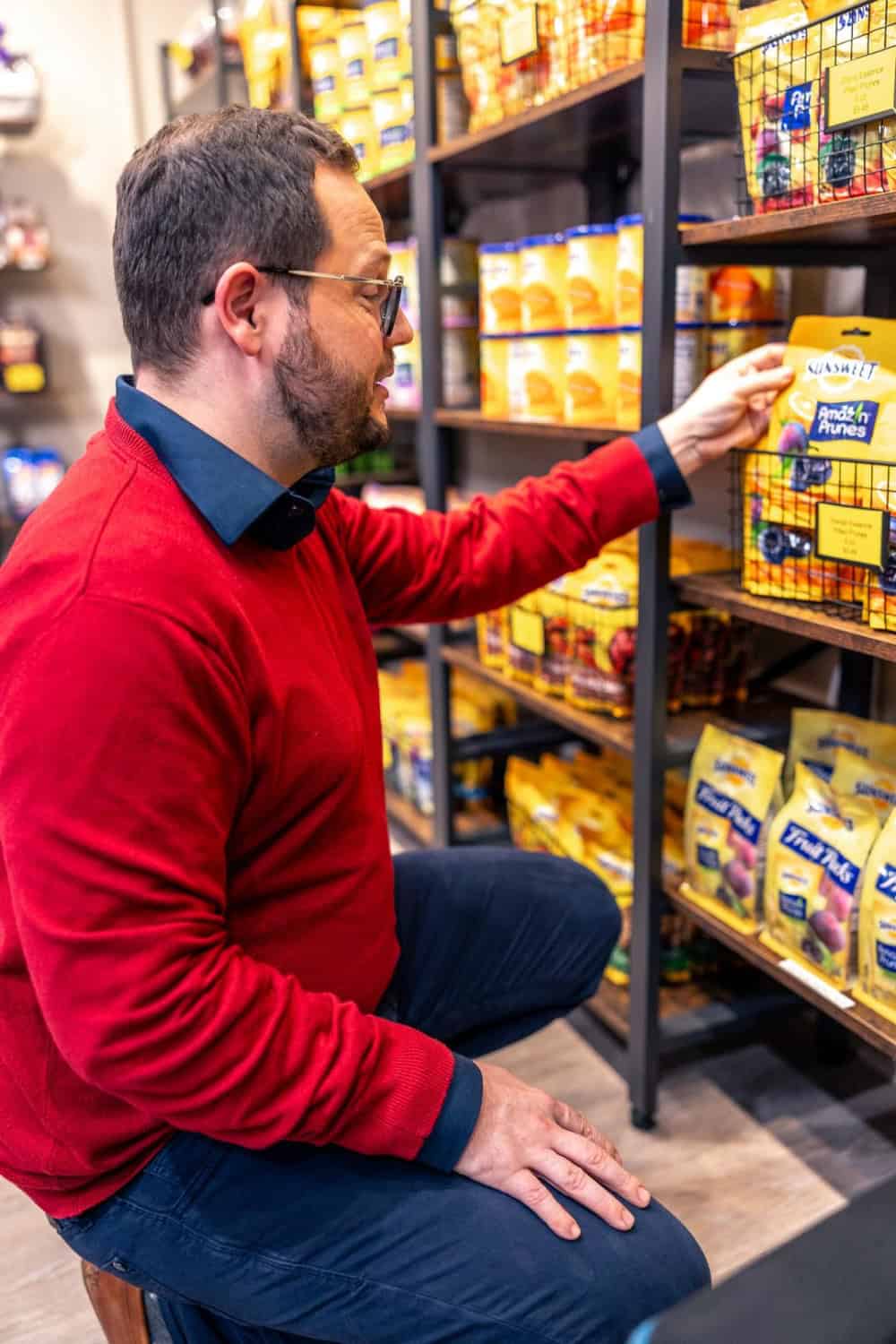
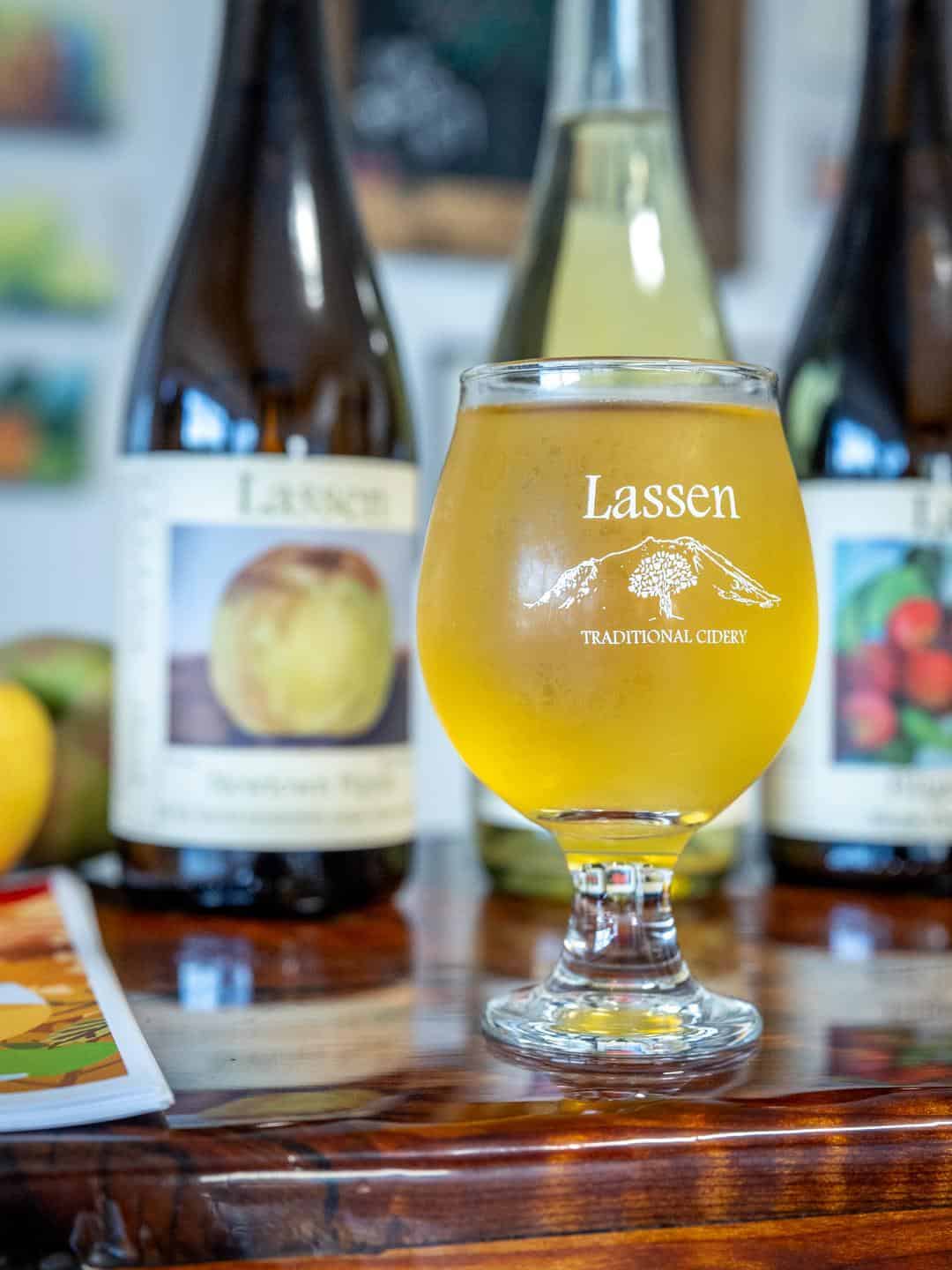
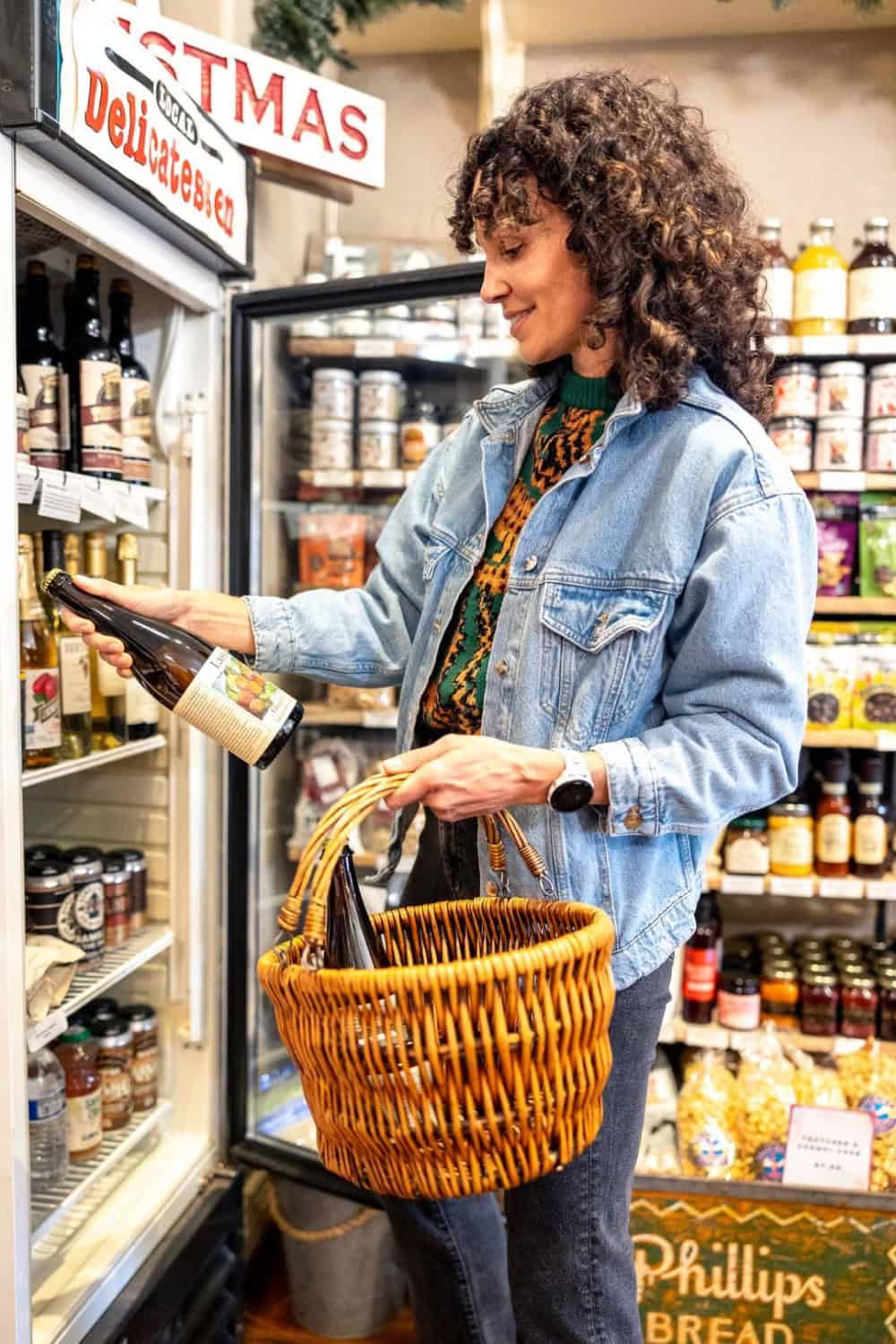
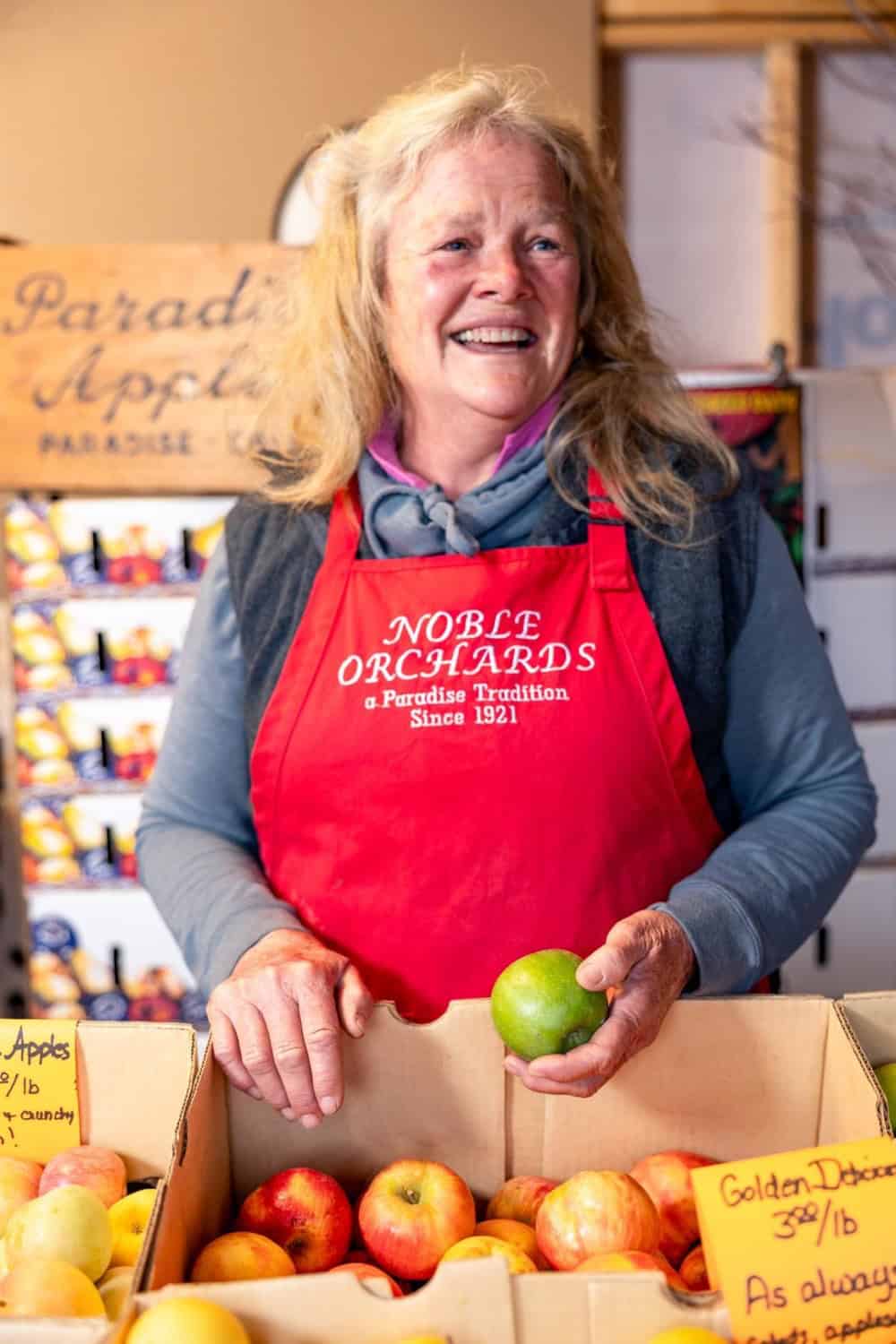
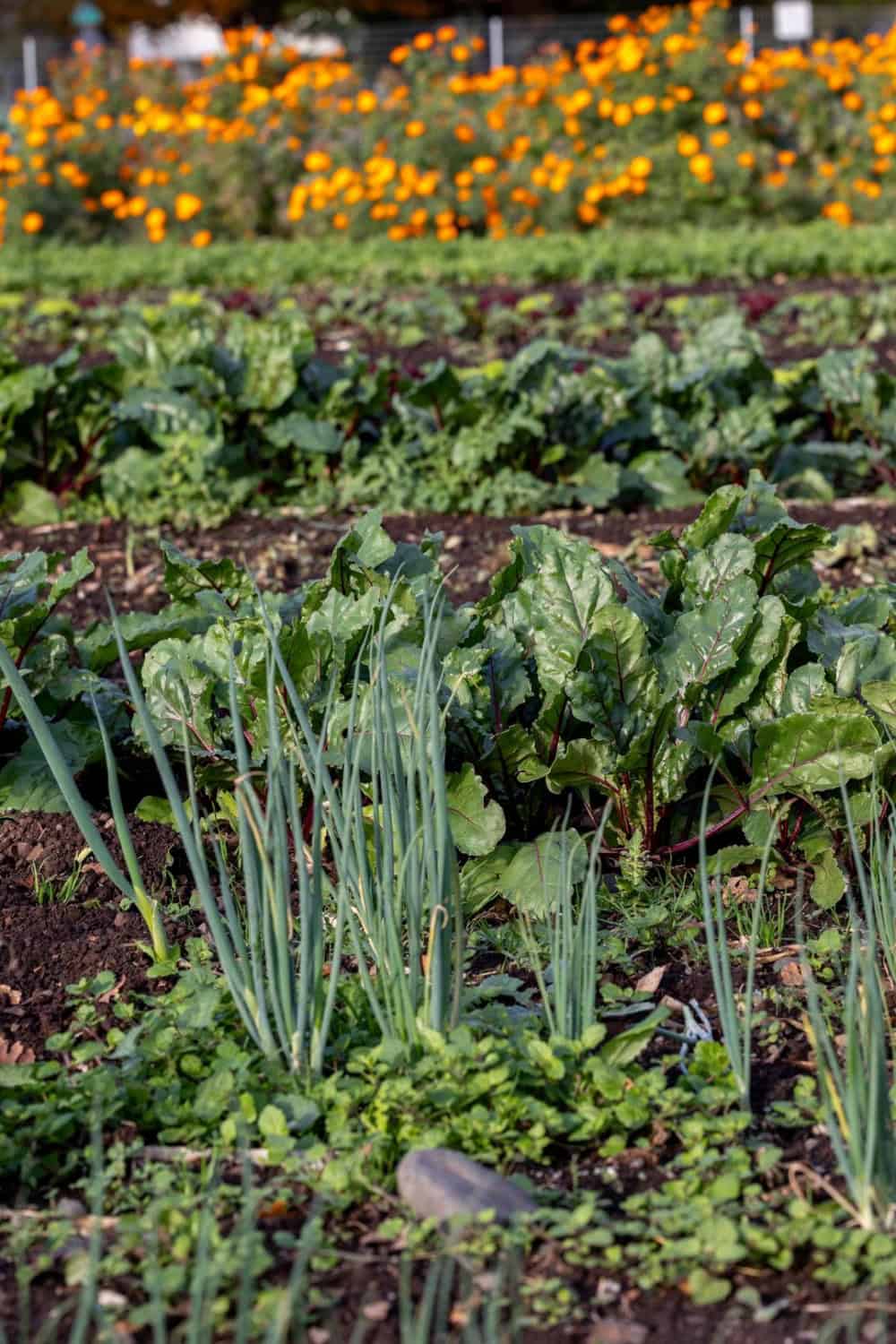
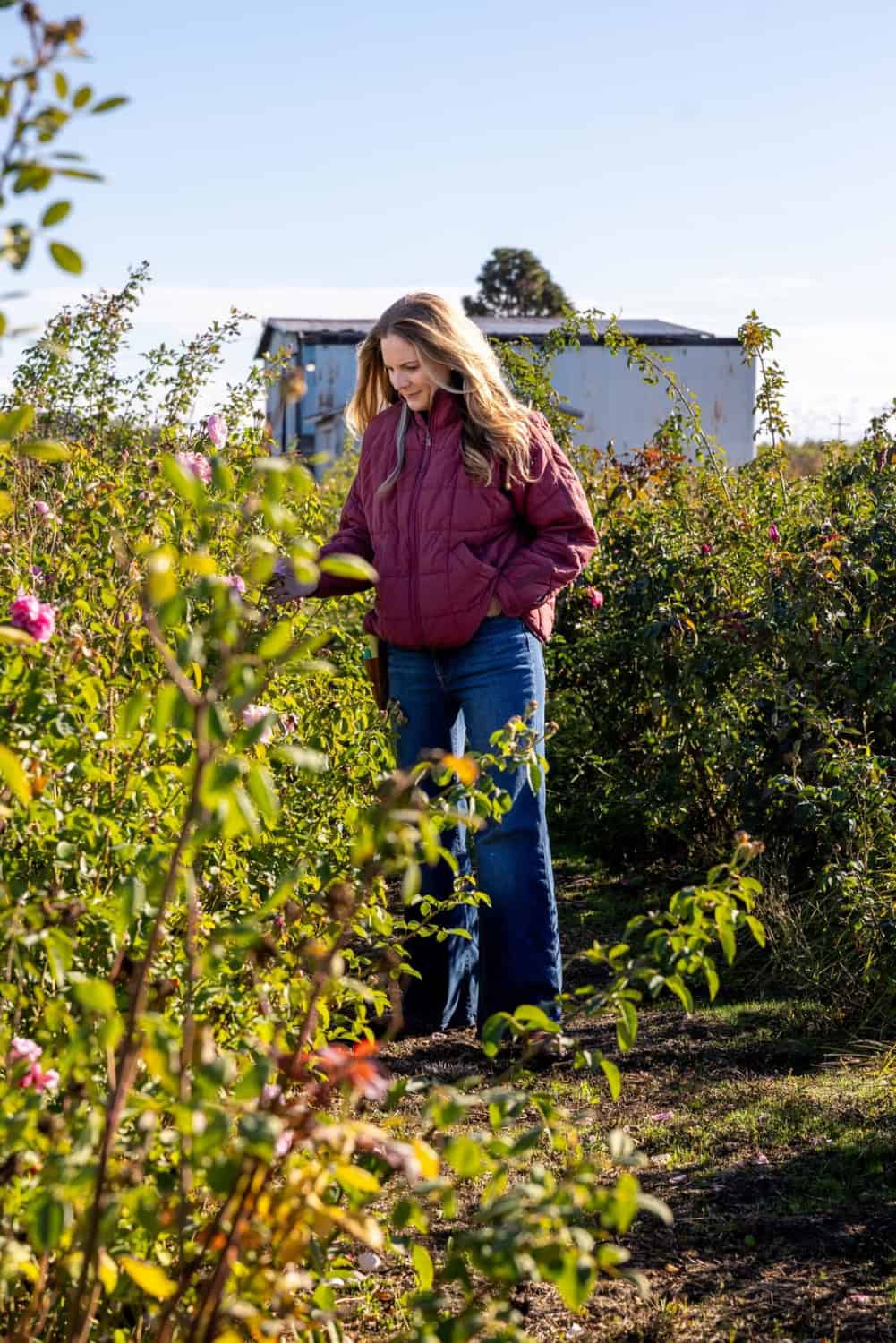
Article and photography by Hilary Rance.
